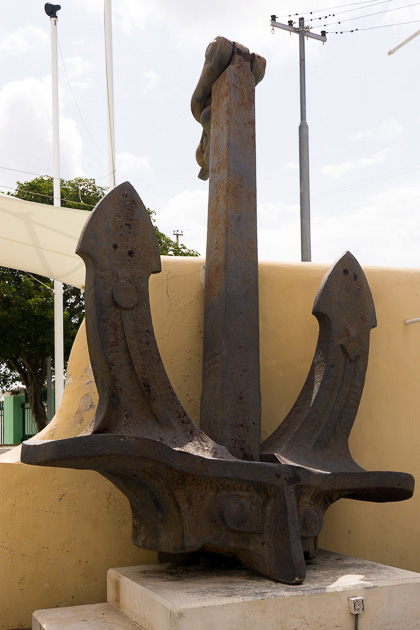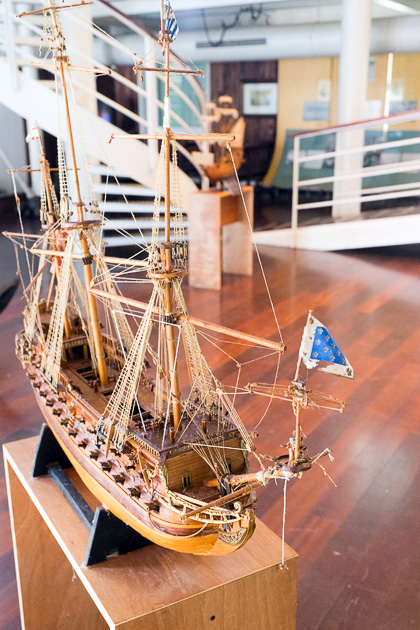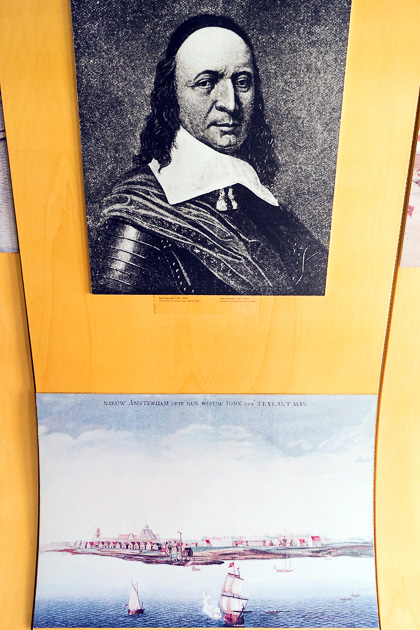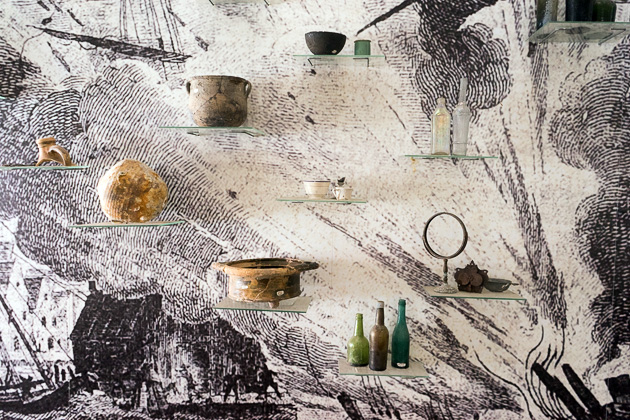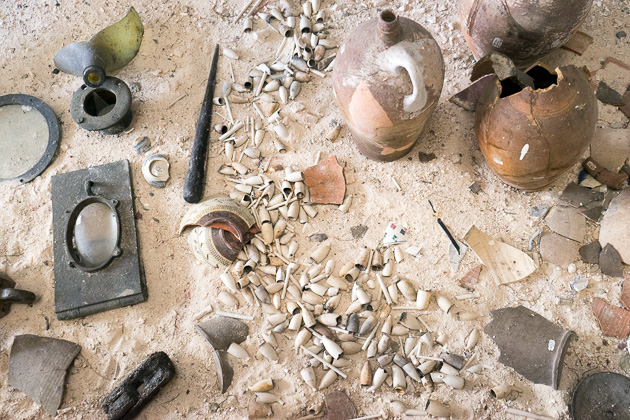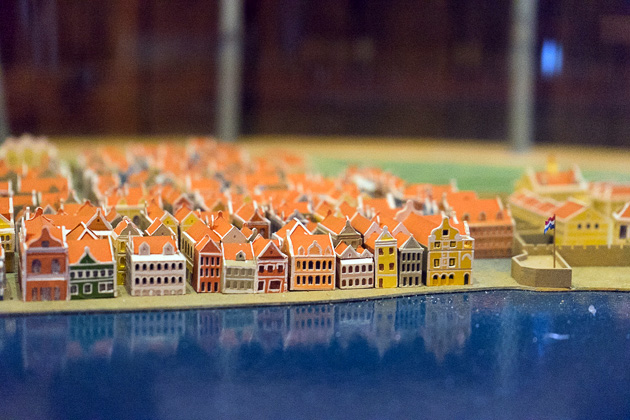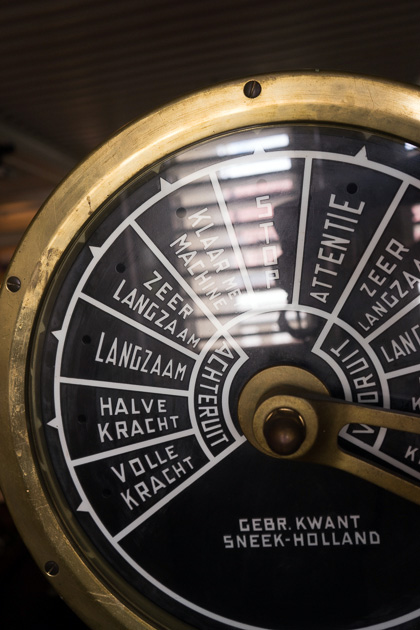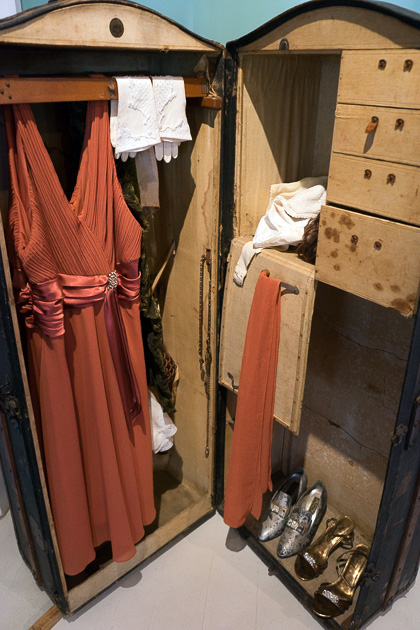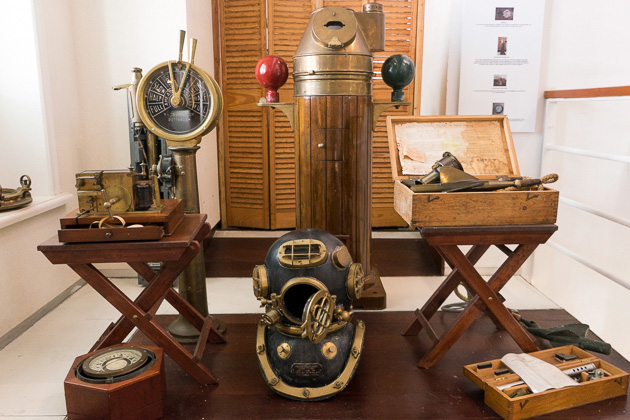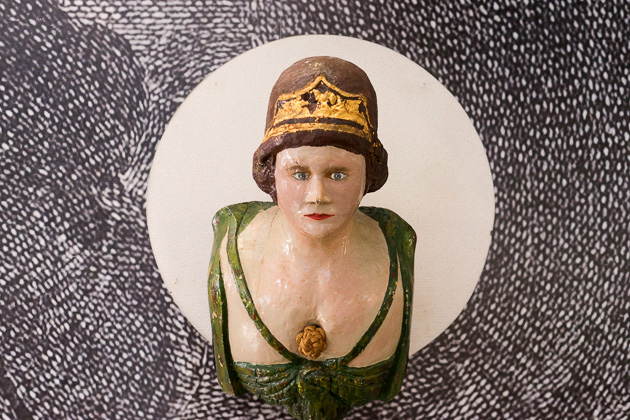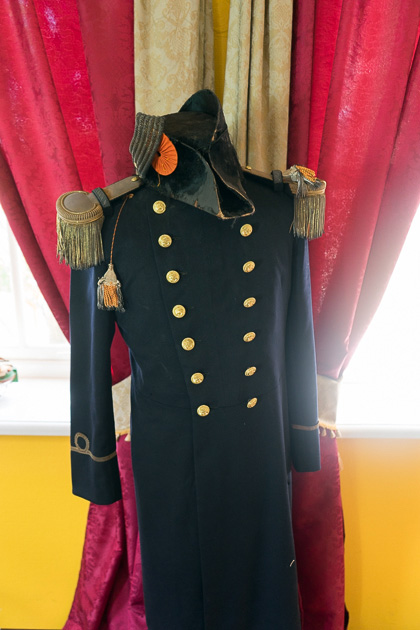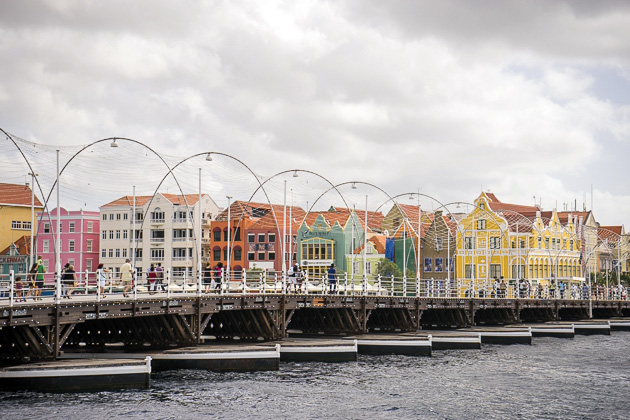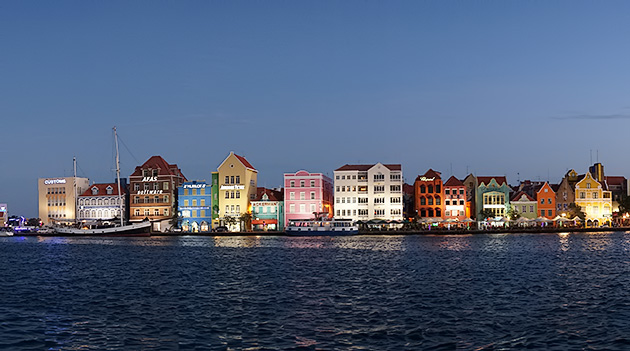Curacao’s Maritime Museum
Ever since the dawn of the 16th century, when it was finally drawn onto the maps of European explorers, Curaçao’s fortunes have been tied to the sea. The Maritime Museum, located across from the Floating Market at the beginning of the Waaigat Harbor, is a must for anyone interested in understanding the history of the island.

The museum occupies one of the most stunning mansions of the Scharloo, directly at the end of the pedestrian L.B. Smith bridge. This two-story house was built as a private residence in 1729, but burnt to the ground in 1988. After a complete renovation, the building re-opened to the public in 1998 as the Maritime Museum.
The renovation of the property was marvelously done, with an interior designed to evoke the hull of a ship, including portholes, railings and even the spiral staircase which leads to the deck… although in the museum’s case, it leads to a third-story room for special exhibitions.

Even those without a special interest in the seas should find plenty inside this museum to hold their attention. The exhibits start at the very beginning, with the canoes employed by the Arwak Indians to reach Curaçao from the Venezuelan mainland. The museum then moves on to the “discovery” of the island, its occupation by the Spanish and Dutch, and the Atlantic slave trade.
We enjoyed the section about the dawning of cruise ship tourism. I had never thought about when this phenomenon began, but it’s older than I would have guessed. The first cruise ship reached Curaçao from New York City in 1901. Passengers in those days eschewed the island’s beaches, disembarking primarily to shop in Willemstad, which was known for fashions and jewelry at prices unheard of in Manhattan.
With further exhibitions about the Isla Refinery and its dry dock, as well as old nautical maps and uniforms, this museum could easily occupy an hour or more, and we highly recommend a visit.
Curacao Maritime Museum – Website

